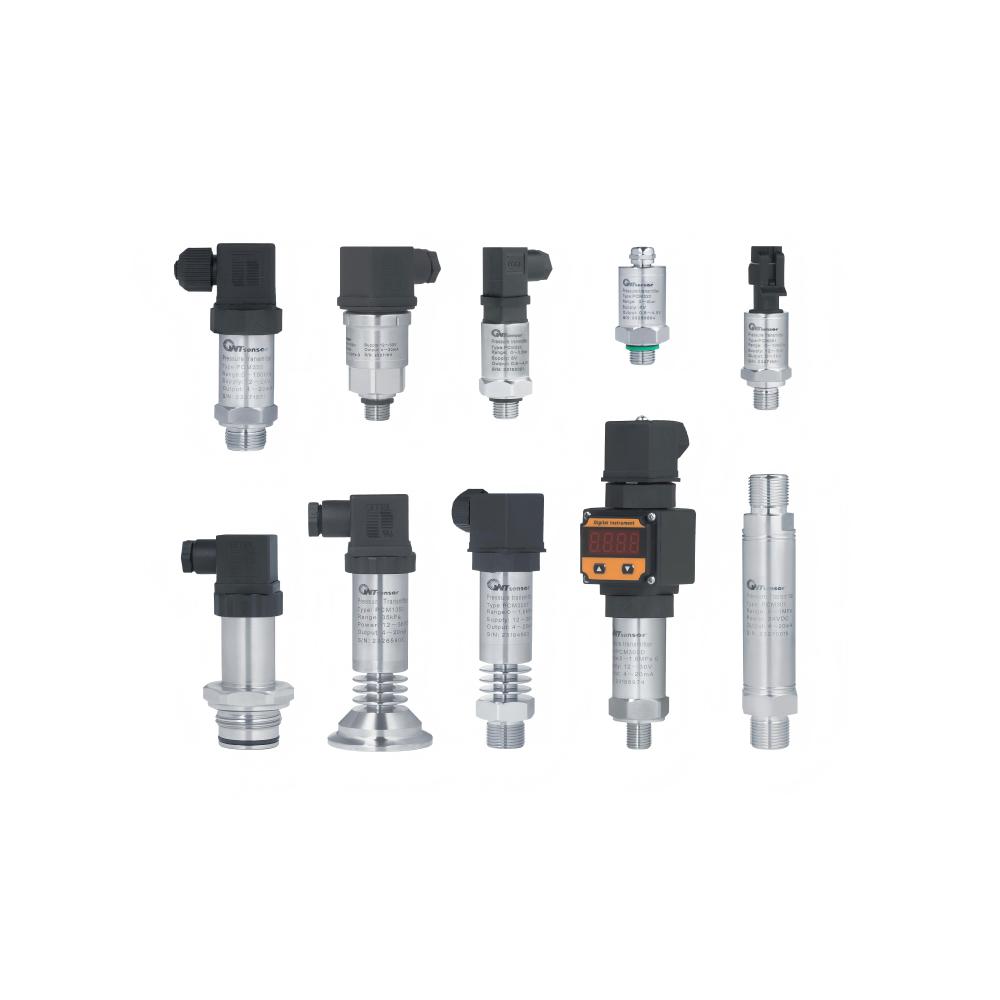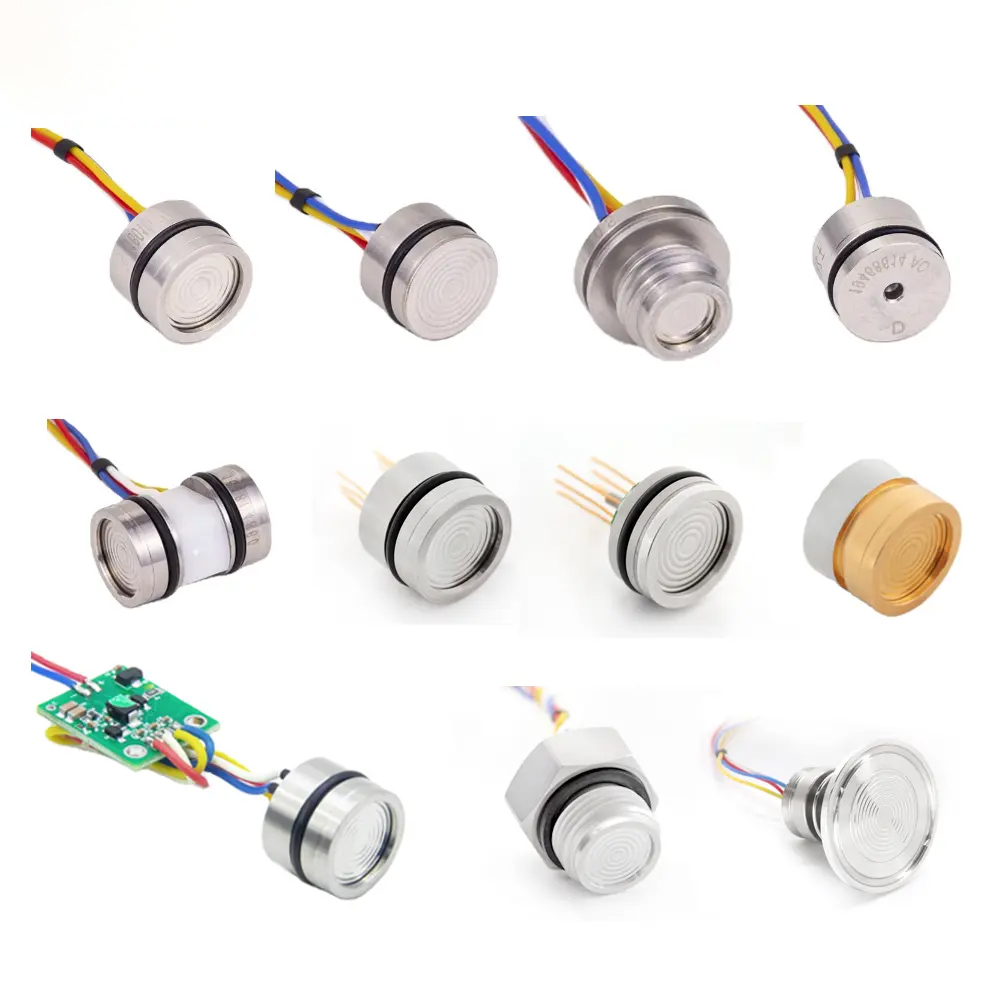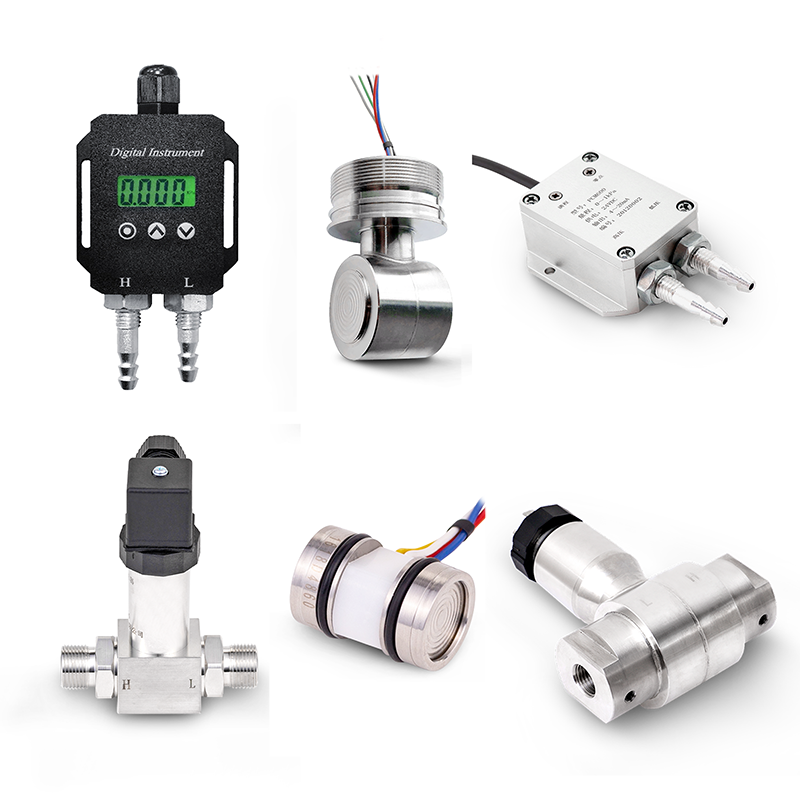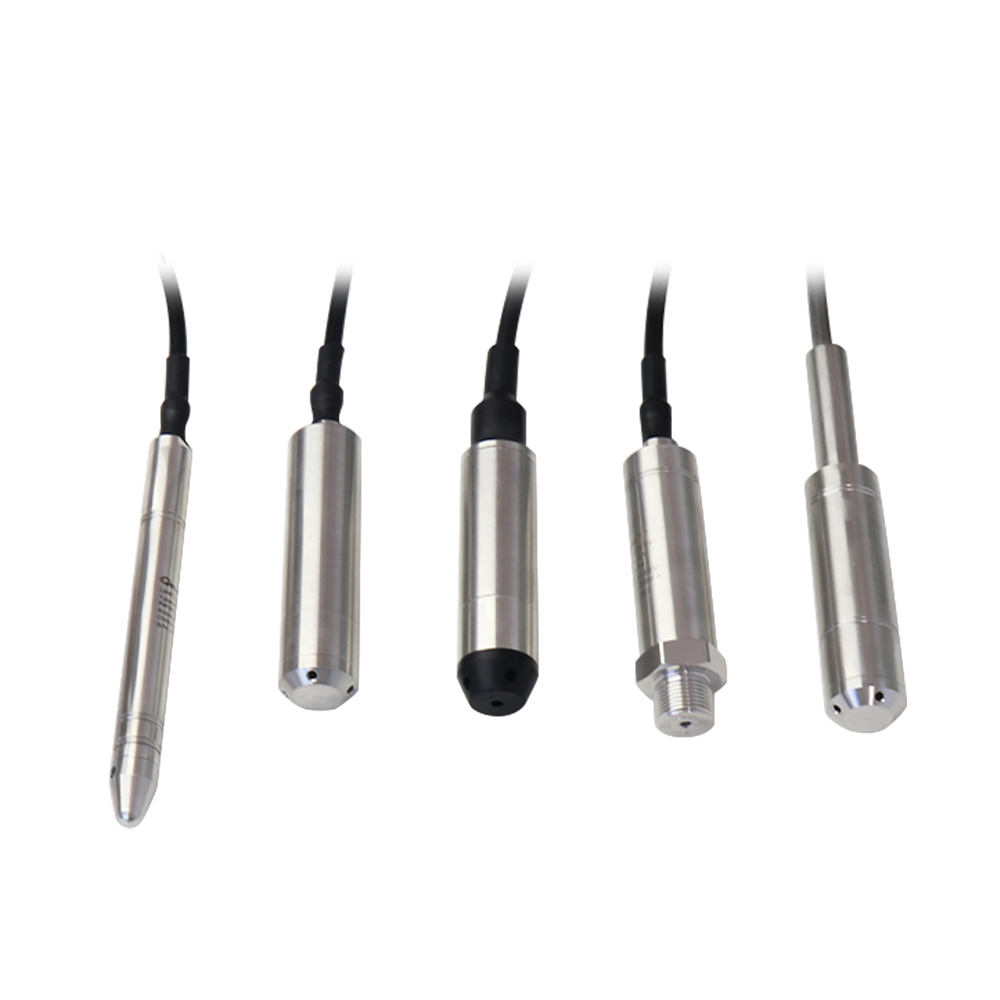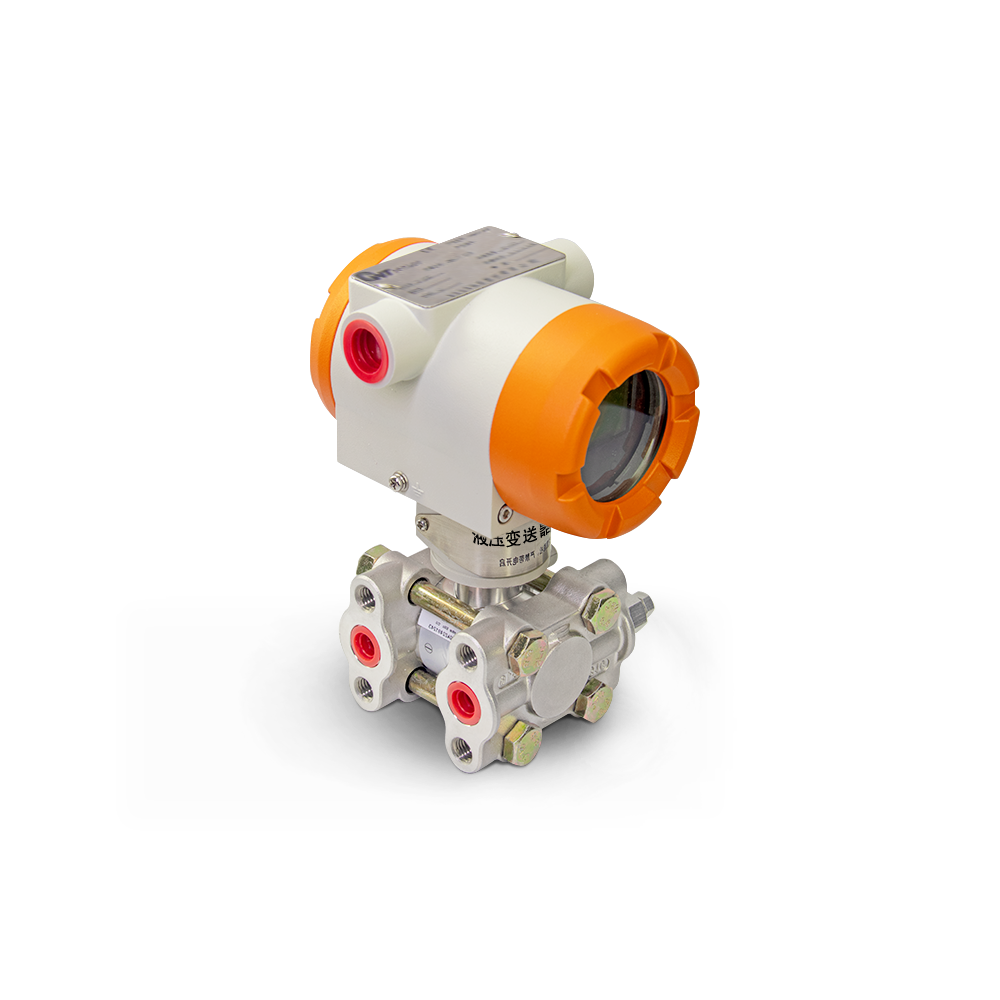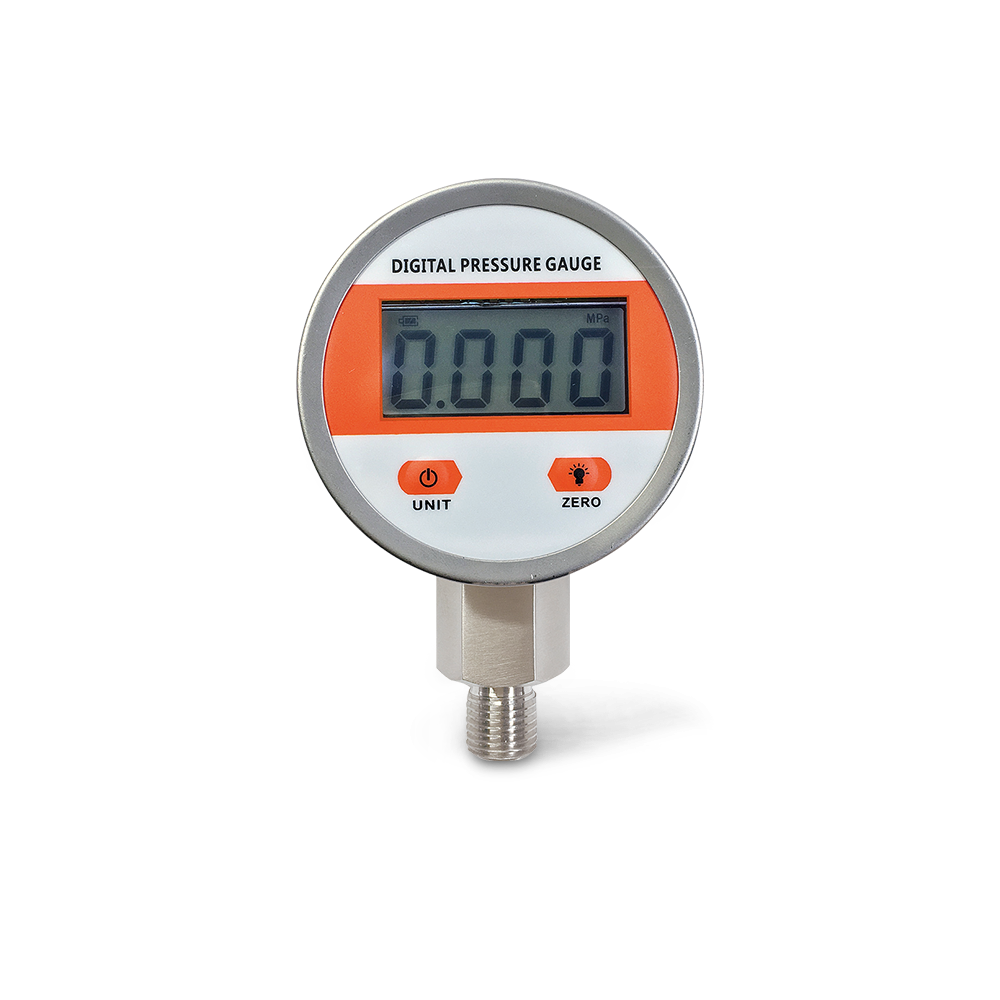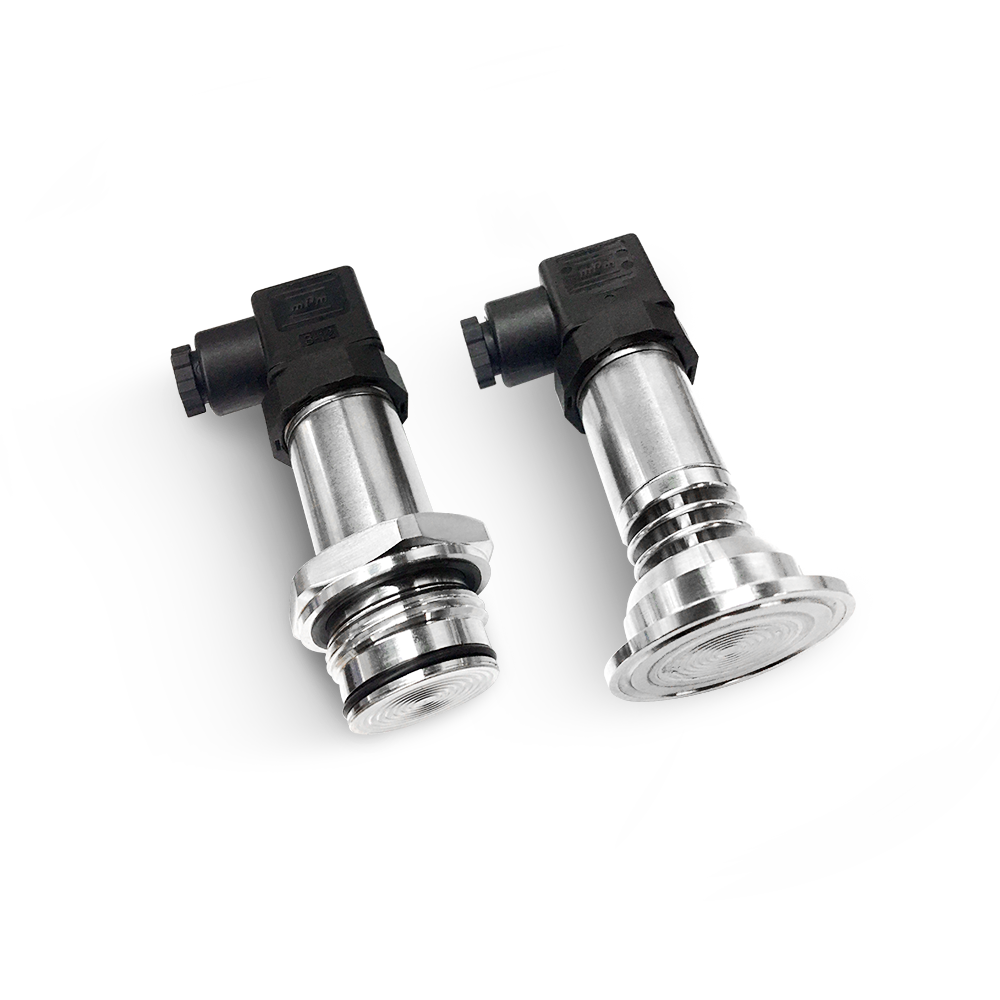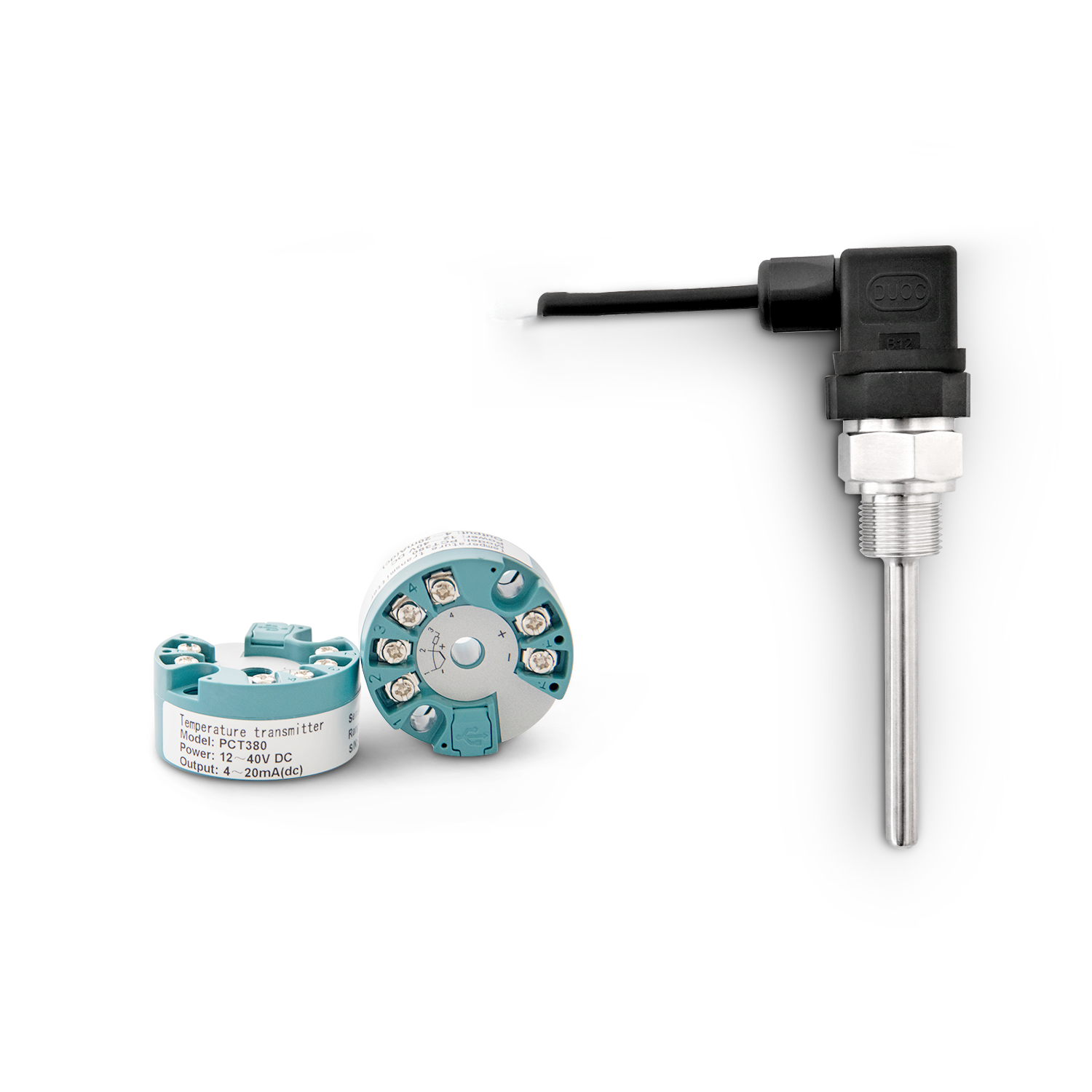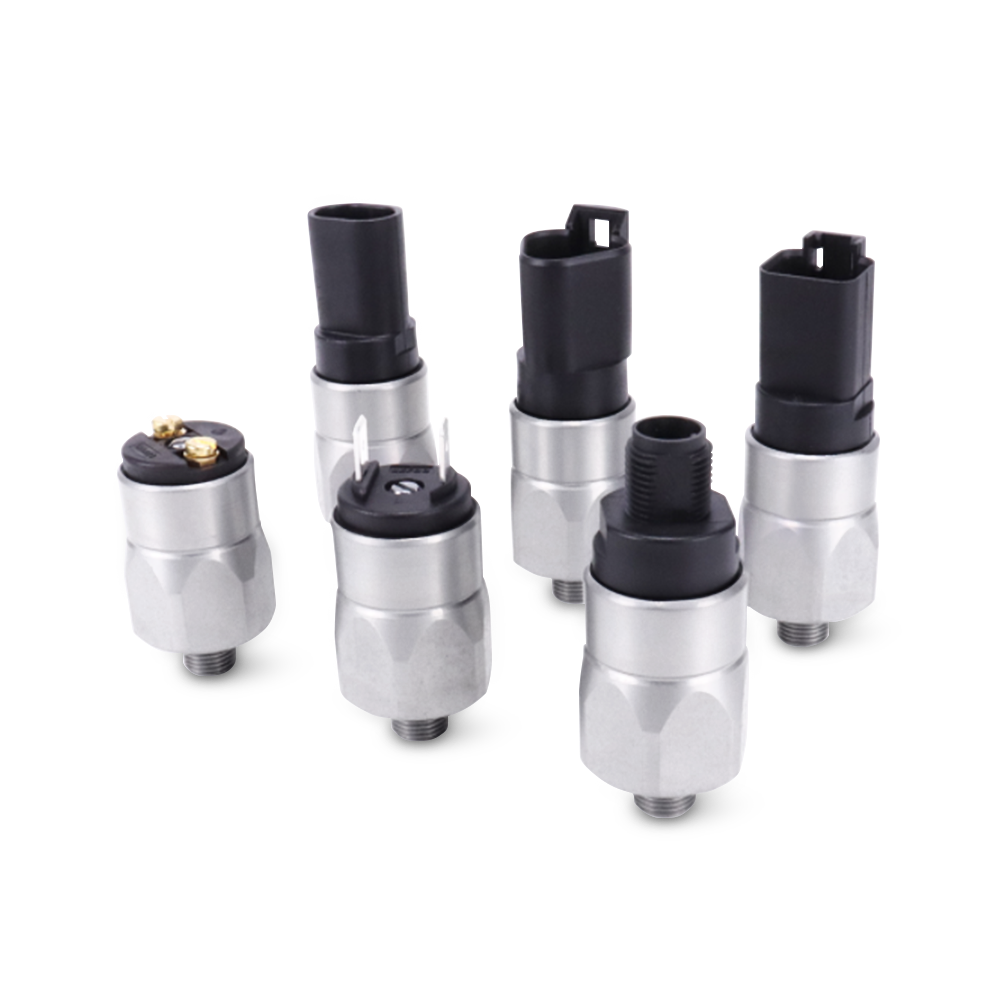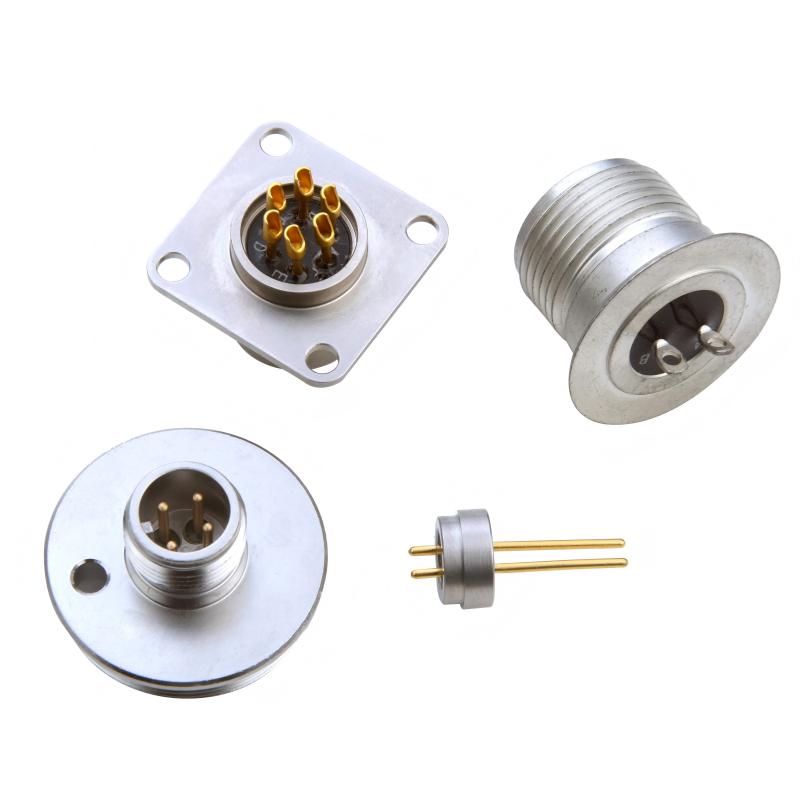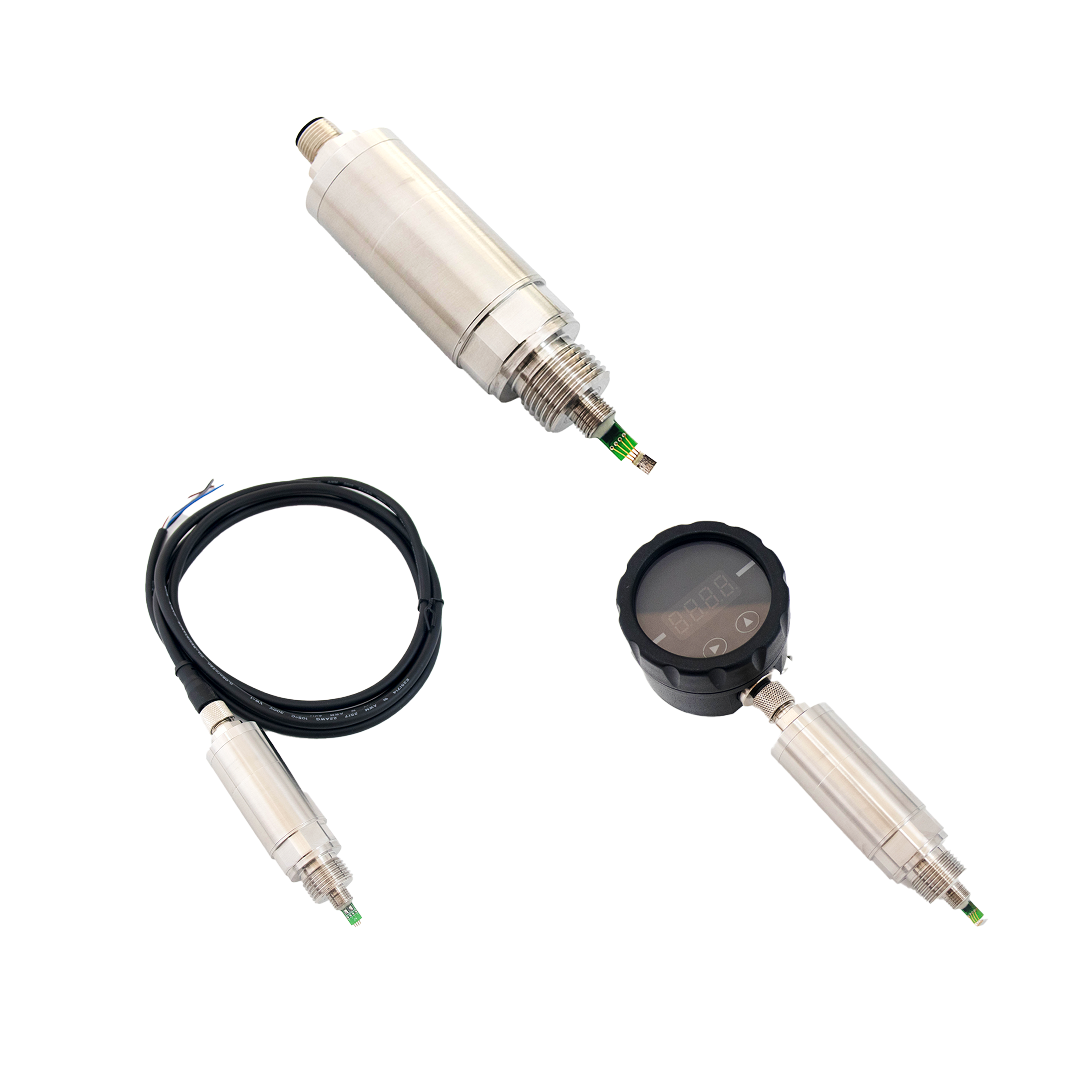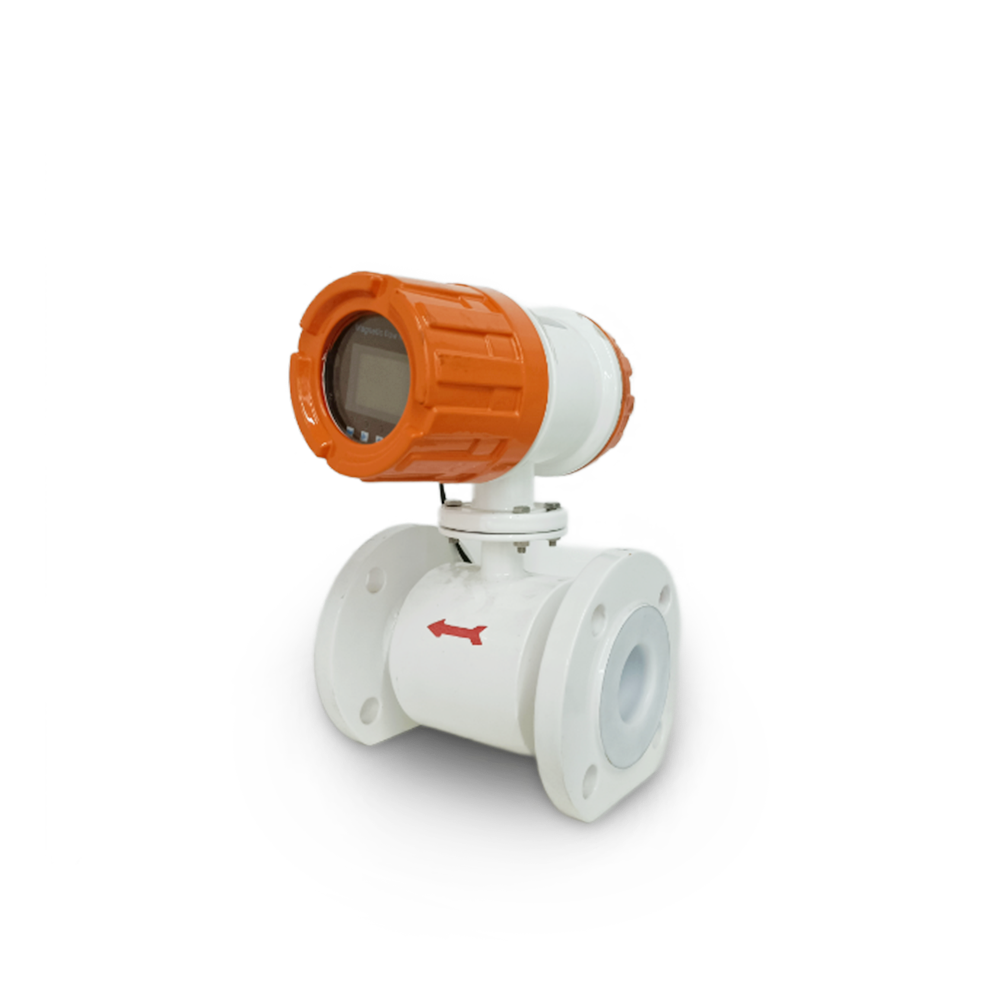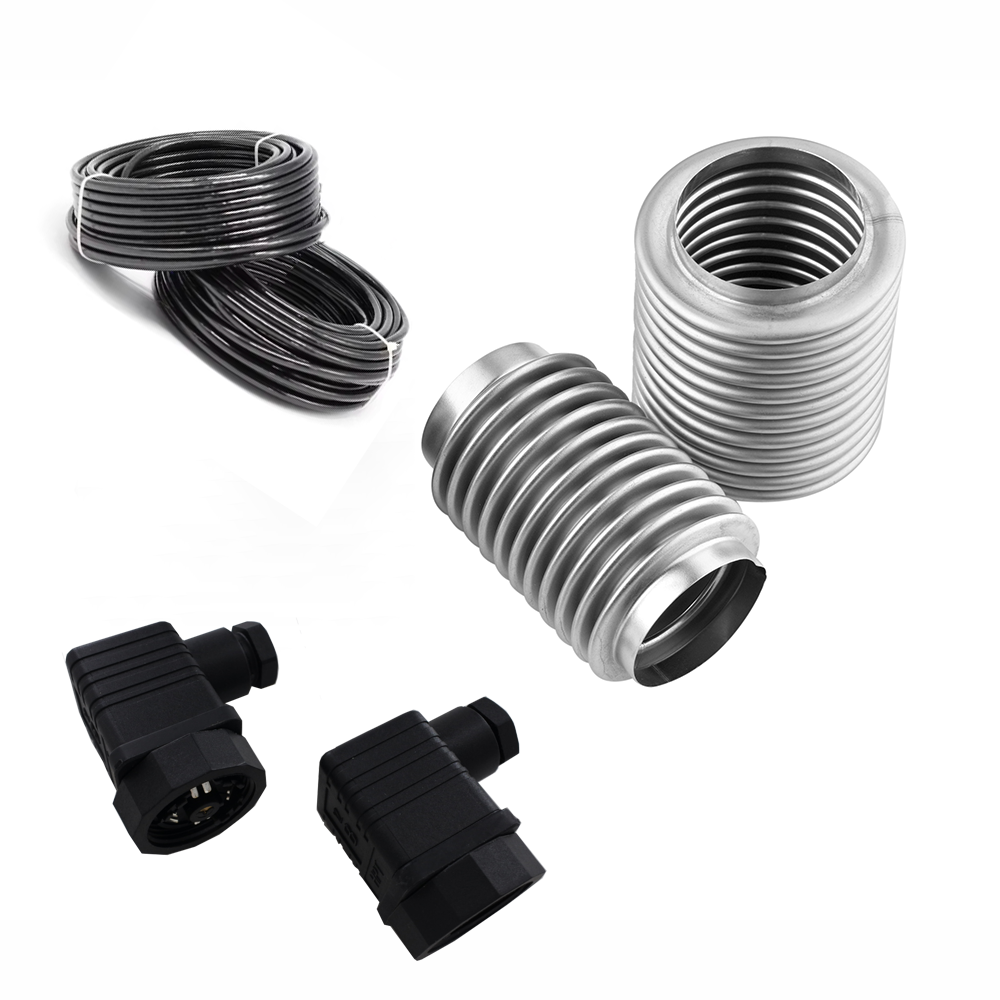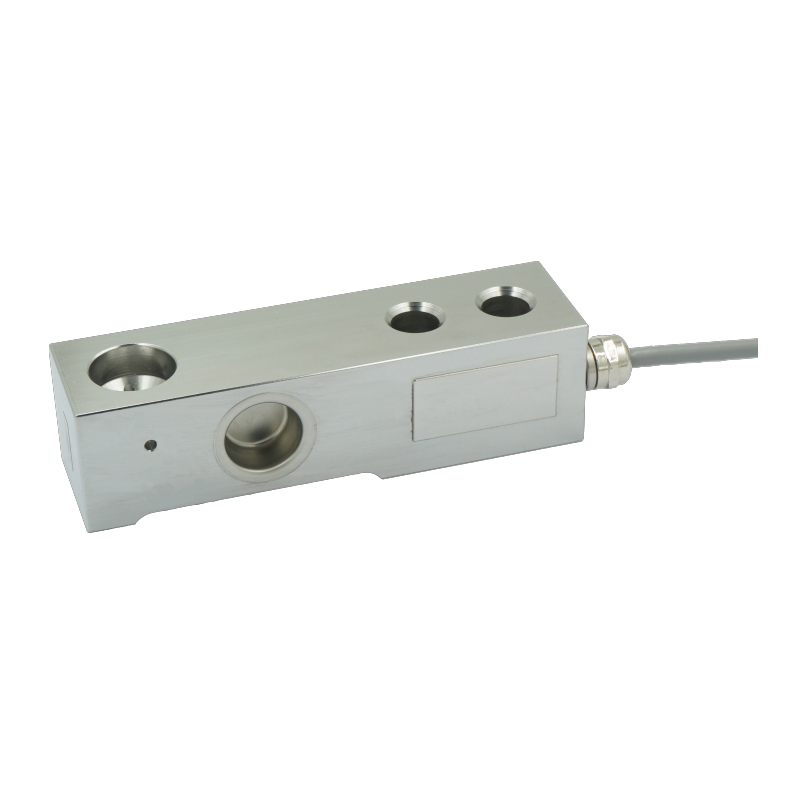How to Choose the Right Pressure Sensor for Industrial Applications
From: Issued date 2025.02.11 Back
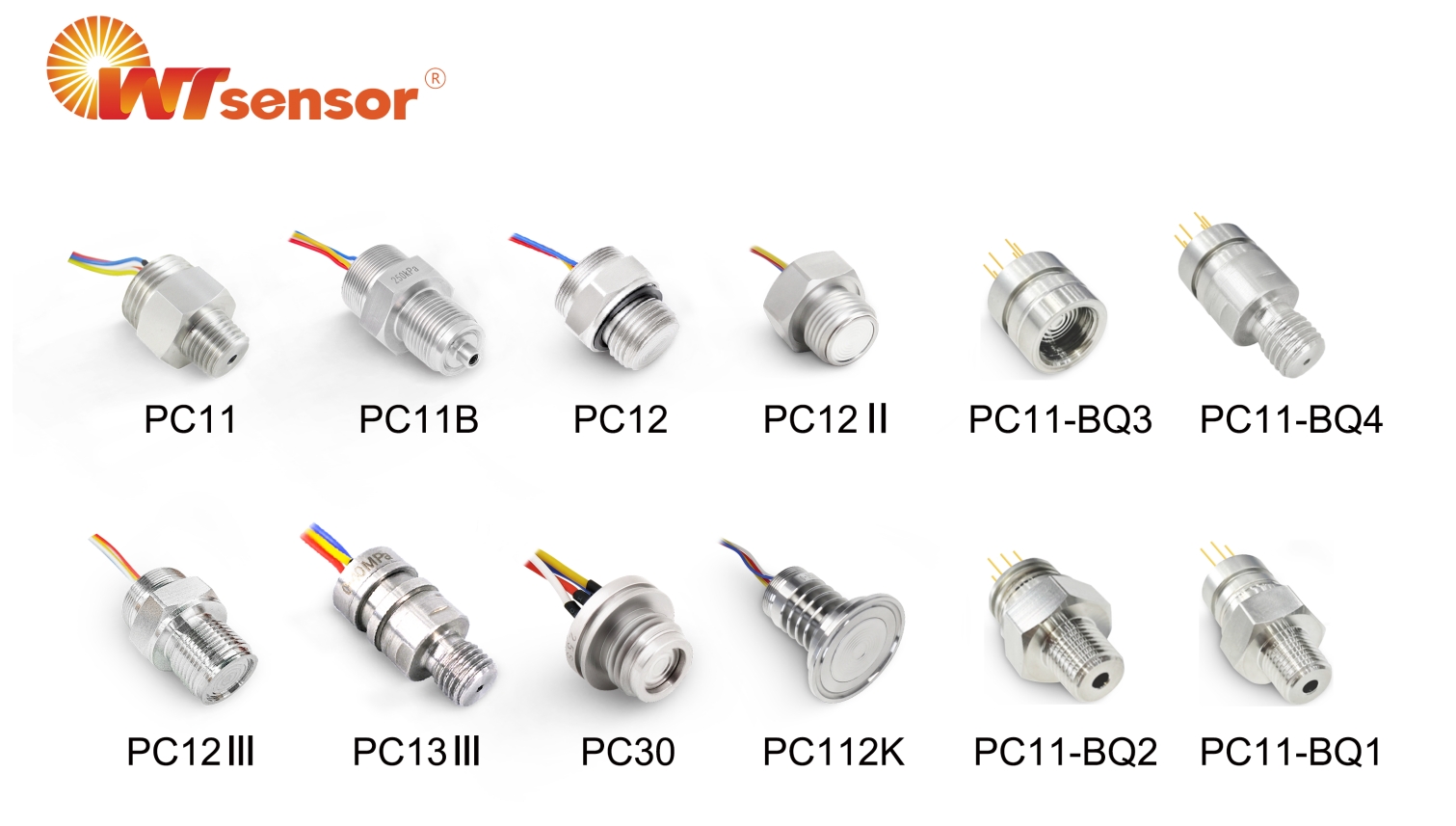
Pressure sensors are integral components in various industrial applications, providing critical data for monitoring and controlling processes across sectors such as manufacturing, automotive, aerospace, and healthcare. Selecting the appropriate pressure sensor for a specific application requires careful consideration of several factors, including the characteristics of the measuring medium, the required pressure range, accuracy specifications, environmental conditions, installation constraints, and signal compatibility.
1. Selection According to the Characteristics of the Measuring Medium
Corrosive Media: When measuring the pressure of corrosive substances like acids, alkalis, or salt solutions, it's essential to use pressure sensors constructed from corrosion-resistant materials. Materials such as stainless steel 316L or Hastelloy are commonly used for the sensor's housing and diaphragm to ensure durability and longevity. For instance, in chemical production processes involving acid-base neutralization, sensors made from Hastelloy with a tantalum diaphragm can operate reliably over extended periods.
Viscous Media: For high-viscosity substances like glue, paint, or syrup, diaphragm pressure sensors are recommended. The diaphragm effectively isolates the viscous material, preventing it from entering the sensor and compromising measurement accuracy or causing damage. In food processing, for example, using a diaphragm pressure sensor to measure syrup pressure ensures precise readings and facilitates easy cleaning and maintenance.
High-Temperature Media: Measuring the pressure of high-temperature media, such as in furnaces or boilers, necessitates the use of high-temperature pressure sensors. Sensors with ceramic sensitive elements and stainless steel housings can typically function at temperatures up to 400°C, accommodating most high-temperature scenarios.
2. Determination of the Measuring Range
Low Pressure Measurement Scenarios: In applications like vacuum coating processes in MEMS manufacturing, where extremely low pressures need to be measured, micro-differential pressure sensors are ideal. These sensors can accurately detect minute pressure changes, even in the range of a few pascals.
Medium Pressure Measurement Range: For standard industrial pipeline fluid pressure measurements, such as urban water supply systems, where pressures typically range between 0.1 MPa and 1 MPa, conventional pressure sensors suffice.
High Pressure Measurement Applications: In high-pressure hydraulic systems or deep-sea pressure measurement scenarios, where pressures can reach tens or even hundreds of MPa, high-pressure transducers are necessary. These sensors are designed to withstand and accurately measure such extreme pressures.
3. Selection by Accuracy Requirements
High Accuracy Requirements: Applications like aerospace flight control systems demand exceptionally high pressure measurement accuracy. Pressure sensors with an accuracy rating of 0.1% or better are required to ensure flight safety and precise control.
General Accuracy Requirements: In typical industrial process control, such as pressure molding in building material production, accuracy requirements are less stringent. Sensors with an accuracy of 0.5% to 1% are generally adequate for these purposes.
4. Considering the Working Environment Conditions
Harsh Environments: In settings like mines or construction sites, where dust and harsh conditions prevail, selecting pressure sensors with high protection levels (e.g., IP65 and above) is crucial for effective dust and water resistance. Additionally, in environments with flammable or explosive gases, explosion-proof pressure sensors, such as intrinsically safe models, are necessary to ensure safe operation.
Vibration and Shock Environments: For applications involving equipment subject to vibration, such as automotive engine test benches, it's important to choose pressure sensors with robust anti-vibration performance. These sensors should have internal structures and mounting designs capable of withstanding significant vibration and shock to minimize measurement errors.
5. Combined with Installation Requirements and Space Constraints
Installation Method: For pipeline installations, pressure sensors with threaded or flanged connections are typically used. In special locations with limited space, compact welded or ferrule pressure sensors may be required.
Space Constraints: In compact electronic devices, such as smartphones that require air pressure measurement, miniaturized pressure sensors are employed due to limited internal space. These sensors are designed to be small yet maintain the necessary performance standards.
6. Based on Signal Output and Compatibility
Signal Output Type: If the subsequent equipment or system can only receive analog signals, such as traditional industrial control panels, a pressure sensor that outputs a 4-20 mA analog current signal is appropriate. For integration with digital systems, like automation control systems in smart factories, pressure sensors that output digital signals (e.g., SPI, I2C) are preferable to facilitate seamless integration and data transmission.
Compatibility: Pressure sensors should be compatible with other devices and software within the system, including power supplies, communication protocols, and data acquisition devices. In automated production lines, each component must work cohesively; thus, the pressure sensor needs to be compatible with PLCs, industrial control machines, and other equipment to ensure the system's stable operation.
In conclusion, selecting the right pressure sensor for a specific application involves a comprehensive evaluation of the measuring medium, pressure range, accuracy requirements, environmental conditions, installation constraints, and system compatibility. By carefully considering these factors, one can ensure accurate measurements, reliable performance, and longevity of the pressure sensor within the intended application.
The global pressure sensor market has been experiencing significant growth, driven by increasing demand across various industries. According to market research, the worldwide pressure sensor market is estimated to reach $11.4 billion by 2024.
This growth trend underscores the expanding applications and critical importance of pressure sensors in modern industrial solutions.
By staying informed about the latest developments and carefully assessing application-specific requirements, industries can effectively leverage pressure sensor technologies to enhance process efficiency, safety, and performance.

